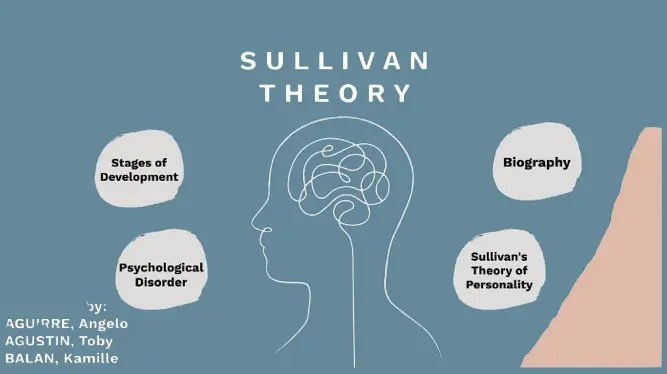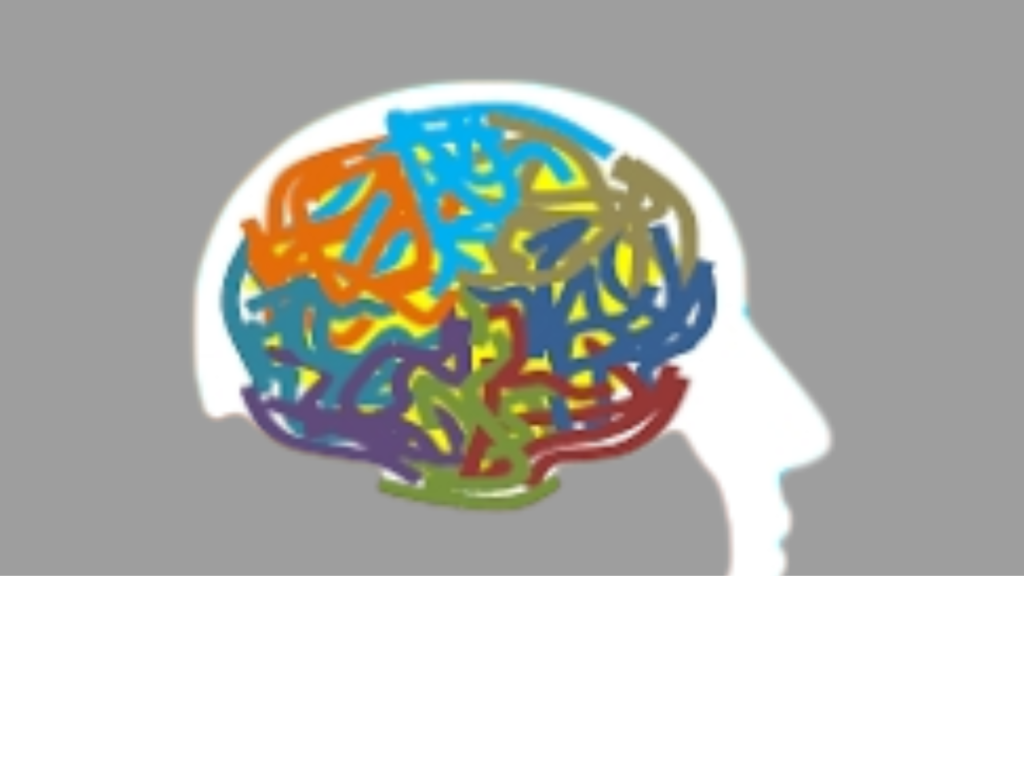Introduction
Did you know that the average toddler in the U.S. spends over 2.5 hours per day on screens, despite recommendations that it should be far less? This alarming trend has given rise to what experts are now calling digital overstimulation in children—a growing and often overlooked mental health issue affecting millions of kids under five.
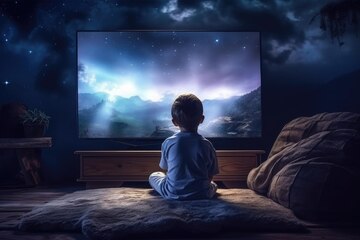
Digital overstimulation happens when young brains are constantly bombarded with fast-moving images, bright lights, and sounds from devices like smartphones, tablets, and televisions. These stimuli overload the brain’s processing abilities and can interfere with natural developmental processes.
As pediatricians and psychologists raise concerns about rising screen addiction in kids, it’s crucial for parents and caregivers to understand what’s at stake. This article breaks down what digital overstimulation is, how it impacts early childhood brain development, and what practical steps can be taken to support toddler mental health in a tech-saturated world.
What Is Digital Overstimulation?
Digital overstimulation refers to the excessive sensory input from screens that overwhelms a child’s still-developing brain. When toddlers are exposed to fast-paced cartoons, flashing lights, or constant switching between apps and videos, their brains are put into a state of constant alert.
Unlike traditional forms of play—building blocks, outdoor activities, or pretend play—digital content rarely allows for mental rest. It keeps the child’s attention locked in through rapid stimuli that trigger dopamine responses, the brain’s “feel-good” chemical. This may look like fun, but over time, it conditions toddlers to crave only high-stimulation activities.
Traditional play builds creativity, patience, and self-regulation. In contrast, excessive screen time may reduce a child’s ability to focus or remain calm without digital input. This difference is key to understanding how modern entertainment, even when labeled “educational,” can cross into harmful territory.
How Screens Affect Brain Development in Toddlers
The early years of life—particularly the first five—are when the brain forms over 1 million new neural connections per second. During this period, toddlers are especially sensitive to environmental influences that shape attention, emotional control, and social understanding.
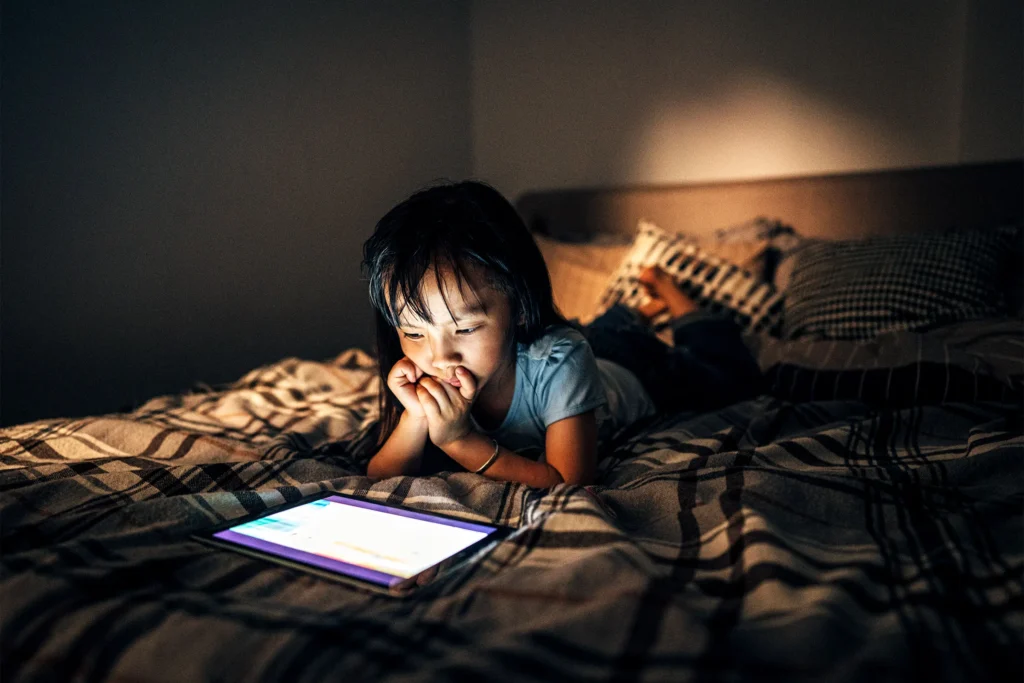
When digital overstimulation becomes routine, these neural pathways begin to rewire in response to frequent, fast-paced input. Research from the National Institutes of Health shows that children exposed to over two hours of screen time daily scored lower on language and thinking tests. Brain scans even revealed thinner cortexes in regions responsible for critical thinking.
According to Dr. Dimitri Christakis, a leading pediatrician and researcher, “Prolonged exposure to rapidly changing images during the critical period of brain development can precondition the mind to expect high levels of stimulation, which can lead to attention problems.”
This rewiring can affect:
- Attention span: making it hard to focus on slower-paced learning
- Self-regulation: increasing irritability when screens are removed
- Language development: reducing opportunities for two-way interaction and vocabulary building
In short, what feels like harmless entertainment may be disrupting key developmental processes essential to long-term mental and emotional health.
Mental Health Consequences of Early Overstimulation
The psychological effects of digital overstimulation in children often show up as tantrums, anxiety, poor sleep, or social withdrawal. For parents, these issues may appear suddenly or build gradually, making it hard to connect them directly to screen habits.
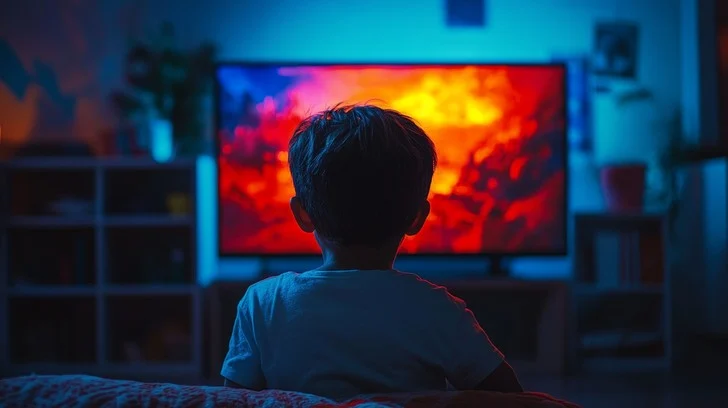
Child therapists are increasingly observing patterns in young clients who show symptoms similar to sensory overload or even screen addiction in kids. For example, a three-year-old who can’t go through a meal without watching cartoons may become agitated, irritable, or emotionally volatile when screens are taken away.
Common signs of overstimulation include:
- Difficulty sleeping or staying asleep
- Mood swings or meltdowns
- Poor eye contact or social responsiveness
- Loss of interest in non-digital play
- Increased clinginess or separation anxiety
One therapist, who treats children ages 2–6, described a case where a toddler who had over four hours of screen exposure daily developed speech delays and showed signs of social disconnection. After reducing screen time and reintroducing interactive play, the child’s communication skills improved within weeks.
Digital stimulation doesn’t just alter brain chemistry—it also impacts how toddlers process emotions, build relationships, and navigate their internal world.
How Much Screen Time Is Too Much?
Parents often ask, “What’s the safe amount of screen time for toddlers?” According to the World Health Organization (WHO) and the American Academy of Pediatrics (AAP):
- Children under 2 should have no screen time other than video chatting
- Children aged 2 to 5 should be limited to one hour per day, and that content should be high-quality and co-viewed with a caregiver
However, many parents believe that “educational apps” or cartoons are beneficial as long as they’re labeled child-friendly. Unfortunately, many of these programs are fast-paced and reward short bursts of attention—conditions that may be counterproductive for brain development.
It’s not just about the quantity of screen time, but the quality and context in which it’s used.
Healthy Alternatives and Solutions
While it’s nearly impossible to eliminate screens entirely in today’s world, managing screen time for toddlers can be done with a few intentional strategies. Here are some practical solutions and screen-free activity ideas:
🛠️ Practical Tips
- Create a daily routine that includes tech-free play, outdoor time, and reading
- Use timers to signal when screen time starts and ends
- Avoid screens during meals, before bedtime, and as a calming tool
- Co-view content with your child and talk about what you’re watching
- Designate screen-free zones, like bedrooms or dining areas
🎨 Screen-Free Activities
- Building blocks or puzzles to support spatial reasoning
- Outdoor play for physical development and stress relief
- Arts and crafts to boost creativity and fine motor skills
- Storytime and puppet shows to strengthen listening and language
- Sensory bins and playdough for tactile learning
Parents can also model healthy behavior by reducing their own screen use and engaging with their children in meaningful, responsive ways.
Expert Advice: What Parents Should Know
Dr. Jenny Radesky, a developmental behavioral pediatrician and lead author of the AAP’s media guidelines, emphasizes that interactive human engagement is the gold standard for learning in young children.
“Kids learn best from real-world experiences,” she says. “No app can replace the social cues, empathy, and language learning that come from face-to-face interaction.”
Experts recommend the following for worried parents:
- Don’t panic or feel guilty—small changes make a big difference
- Focus on quality time, not just limiting screen time
- Encourage boredom occasionally; it leads to creativity
- Use screen time strategically, not habitually
The goal is not perfection but awareness and balance.
Conclusion
Digital overstimulation in children under 5 is a rising mental health concern that deserves every parent’s attention. From rewiring the brain to contributing to anxiety, attention issues, and emotional volatility, excessive screen time can have real, lasting effects on toddler mental health.
By understanding the science behind early childhood brain development, recognizing the symptoms of overstimulation, and implementing practical, screen-free strategies, parents and caregivers can take proactive steps to nurture healthier, happier kids.
The solution isn’t to eliminate technology—but to use it wisely, sparingly, and in partnership with real-world, loving interaction.

